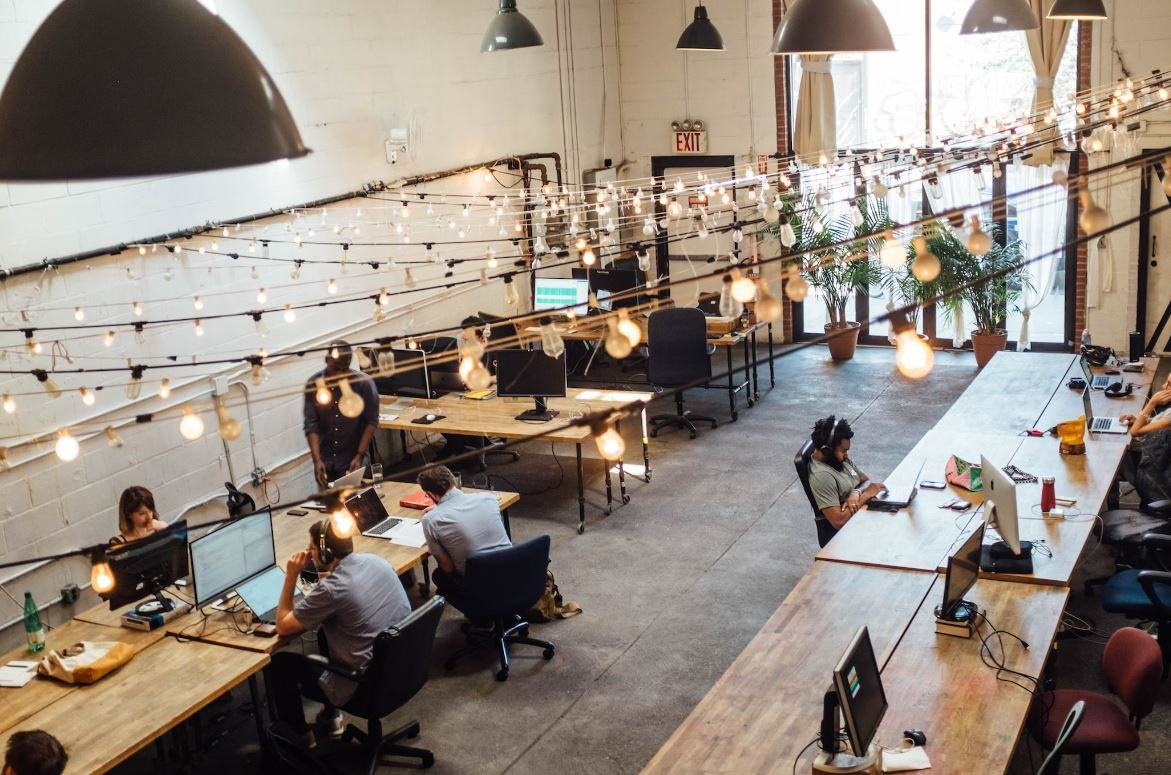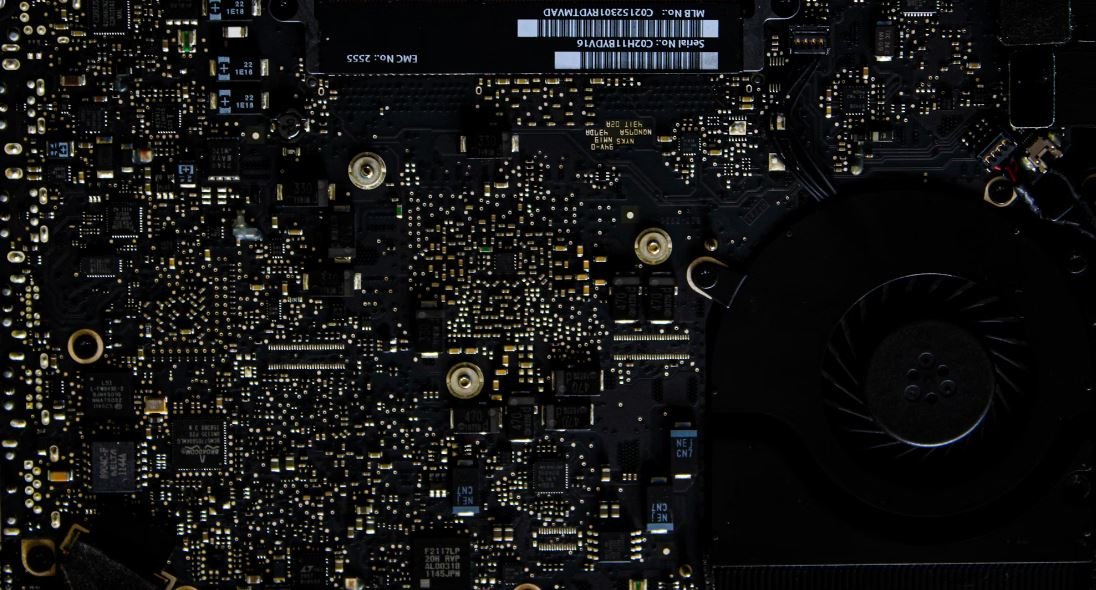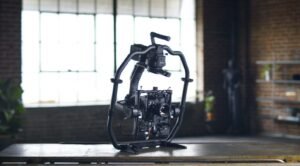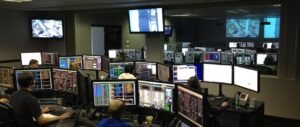Who Is the Production Designer?
When you watch a movie or a TV show, the captivating visuals and stunning sets you see on screen are the result of the hard work and creative vision of a production designer. But who exactly is the production designer and what role do they play in the filmmaking process? Let’s take a closer look.
Key Takeaways:
- The production designer is responsible for the overall visual look and feel of a film or TV show.
- They work closely with the director and other key departments to bring the script to life.
- The production designer creates sets, selects locations, and oversees the art department.
- An extensive knowledge of art, design, and architecture is essential for this role.
- Effective communication and collaboration skills are crucial.
The production designer is a key member of the creative team involved in the production of a film or TV show. They are responsible for creating the visual concept and aesthetic of the project, ensuring that the on-screen world aligns with the vision of the director and the requirements of the script. *Their artistry and imagination shape the tone and atmosphere of the production, leaving a lasting impression on the audience.*
One of the primary responsibilities of a production designer is to develop the overall visual concept. They collaborate closely with the director to understand their vision and gather ideas for the project. *Using their expertise, they translate abstract concepts into tangible designs and sketches that form the basis for the production’s visual elements.* This might include creating mood boards, sketches, or digital renderings to convey their ideas effectively.
The production designer also plays a crucial role in the selection of sets and locations for filming. *Their understanding of the script and the director’s vision allows them to identify the most suitable places to shoot, be it real-world locations or constructed sets.* They consider factors such as the budget, logistics, and aesthetic requirements while making these decisions, ensuring that the chosen locations enhance the storytelling and contribute to the overall atmosphere of the production.
| Skills | Education |
|---|---|
|
|
The production designer oversees the art department, which includes a team of people working on various elements like set construction, props, costumes, and visual effects. *They coordinate with these departments to ensure that the visual design is executed according to the established concept and within the designated budget.* This requires effective communication skills and the ability to manage and delegate tasks effectively.
In addition to their creative and artistic skills, a production designer must possess a sound knowledge of art history, design principles, and architecture. *This knowledge helps them make informed decisions about the look and feel of the production, ensuring that it remains authentic and visually impactful.* They may also collaborate with other professionals like cinematographers and costume designers to ensure a cohesive visual style throughout the project.
| Production Designer | Art Director |
|---|---|
|
|
In conclusion, the production designer is a vital member of the filmmaking process, responsible for creating the visual world in which a story unfolds. *Their artistic skills and creativity, in partnership with the director’s vision, shape the visual identity of a film or TV show, leaving a lasting impact on viewers.* Through their meticulous attention to detail, passion for design, and ability to bring abstract ideas into reality, production designers play a crucial role in transforming a script into a captivating visual experience.

Common Misconceptions
Misconception 1: Production Designers are the same as Set Designers
Many people mistakenly believe that production designers are the same as set designers. While set designers focus mainly on designing the physical sets and layouts for films and other productions, production designers have a much broader role. They are responsible for the overall visual concept of a project, including overseeing the set design, costumes, props, and even the color schemes and lighting.
- Production designers have a more holistic approach to the visual aspects of a production.
- They work closely with other departments, such as art direction and costume design.
- Production designers are responsible for creating a cohesive visual style throughout the entire project.
Misconception 2: Production Designers are only involved with films
Another common misconception is that production designers are only involved in the film industry. While production designers do play a crucial role in filmmaking, their expertise is also required in other areas such as television, theater, and even events. They are responsible for creating the visual world that supports the story being told, regardless of the medium.
- Production designers also work on television shows, creating the look and feel of the sets.
- They contribute to the creation of immersive theater experiences.
- Production designers are hired for large-scale events or exhibitions to create captivating visual environments.
Misconception 3: Production Designers only focus on the aesthetics
Contrary to popular belief, production designers are not solely concerned with the aesthetics of a production. While they do have a deep understanding of color theory, composition, and visual storytelling, their role goes beyond creating beautiful visuals. Production designers work closely with the director and the rest of the creative team to develop the visual language and visual storytelling techniques that enhance the narrative and the emotions conveyed in a project.
- Production designers collaborate with the director to establish the visual tone and mood of a production.
- They use their expertise to enhance storytelling through the visual environment.
- Production designers often need to consider practical considerations such as budget and logistics.
Misconception 4: Production Designers only work behind the scenes
While production designers are often hidden from the spotlight, their work is crucial to the success of a project. They may not have as much recognition as actors or directors, but their contributions are visible throughout the entire production. The sets, costumes, and overall visual design are all a testament to their creative vision and artistic talent.
- Production designers have significant influence on the final look of a film or production.
- The visual elements they create impact the storytelling and audience experience.
- Production designers work closely with cinematographers to ensure their vision is captured on camera.
Misconception 5: Anyone can be a Production Designer
It is a common misconception that anyone with an eye for aesthetics can be a production designer. While having a good sense of visual design is essential, being a production designer requires a combination of artistic skills, technical knowledge, and experience. They need to have a deep understanding of the filmmaking process, be able to collaborate effectively with various stakeholders, and possess excellent problem-solving skills.
- Production designers should possess a strong background in art, design, or architecture.
- They must have a comprehensive understanding of the production process.
- Experience and proven creativity are typically required to become a successful production designer.

Introduction
In the world of film and television, the production designer is a crucial role that brings the story to life by creating visually captivating and immersive environments. From designing intricate sets to selecting props and colors, the production designer ensures that every visual element aligns with the director’s vision. Let’s explore some fascinating facts about the production designer profession.
Rise of Female Production Designers
Over the years, female talent has been making significant strides in the production design field. Here’s a breakdown of the percentage of production designers who are women in different decades:
| Decade | Percentage of Female Production Designers |
|---|---|
| 1960s | 5% |
| 1970s | 13% |
| 1980s | 23% |
| 1990s | 32% |
| 2000s | 42% |
| 2010s | 51% |
| 2020s | 61% |
Academy Award Winners
Being nominated for and winning prestigious awards validates the accomplishments of production designers. The following is a list of production designers who have won the Academy Award for Best Production Design multiple times:
| Name | Number of Academy Awards Won | Movies |
|---|---|---|
| Ken Adam | 2 | Dr. Strangelove, Barry Lyndon |
| Stuart Craig | 3 | Gandhi, The English Patient, The Talented Mr. Ripley |
| Dante Ferretti | 4 | The Aviator, Sweeney Todd, Hugo, The Shape of Water |
| Jack Fisk | 2 | There Will Be Blood, The Revenant |
Most Expensive Production Design
Some films spare no expense when it comes to creating visually stunning worlds. Here are some of the most expensive movies in terms of production design costs:
| Movie | Production Design Cost (in millions) |
|---|---|
| Avatar | $425 |
| Cleopatra (1963) | $31 |
| Hugo | $30 |
| Star Wars: The Force Awakens | $28 |
| Waterworld | $22 |
Longest-serving Production Designer
Some production designers have dedicated their lives to the craft, serving in the role for numerous years. The following production designer holds the record for the longest-serving tenure:
| Name | Tenure (Years) | Notable Movies |
|---|---|---|
| Ken Adam | 35 | Dr. Strangelove, Goldfinger, The Spy Who Loved Me |
Most Prolific Production Design Collaboration
Collaboration between production designers and directors can yield exceptional results. The duo listed below has worked together on numerous films:
| Name | Director | Number of Films |
|---|---|---|
| Dante Ferretti | Martin Scorsese | 9 |
Oldest Production Designer
Age has not hindered the boundless creativity of some production designers. The individual below holds the distinction of being the oldest working production designer:
| Name | Age | Notable Movies |
|---|---|---|
| Pato Guzman | 103 | Los Huachimontones, Los inadaptados |
Box Office Success
An appealing production design can greatly contribute to a film’s box office success. Here are some movies that achieved remarkable financial triumphs, partly due to their captivating visuals:
| Movie | Worldwide Box Office Gross (in billions) |
|---|---|
| Avatar | $2.847 |
| Aquaman | $1.148 |
| Frozen II | $1.450 |
| Black Panther | $1.346 |
| Jurassic World | $1.670 |
Production Designers Turned Directors
Some production designers have transitioned into directing their own films. Here’s a list of production designers who successfully made the leap to directing:
| Name | Directed Movies |
|---|---|
| Tom Ford | A Single Man, Nocturnal Animals |
| Barry Levinson | Rain Man, Good Morning, Vietnam |
| Michael Polish | Twin Falls Idaho, Northfork |
Conclusion
The role of a production designer goes far beyond simply enhancing the aesthetics of a film. With their unique blend of creativity, technical expertise, and attention to detail, production designers play a pivotal role in bringing the director’s vision to life on screen. Through their immense contributions, these artistic minds shape the visual identity of a film and make a lasting impact on the audience’s cinematic experience.
Frequently Asked Questions
Who Is the Production Designer?
What is the role of a production designer?
What is the role of a production designer?
What qualifications do production designers typically have?
What qualifications do production designers typically have?
How does a production designer collaborate with other departments?
How does a production designer collaborate with other departments?
What software do production designers use?
What software do production designers use?
What is the difference between a production designer and an art director?
What is the difference between a production designer and an art director?
Do production designers work on live events or only film and television?
Do production designers work on live events or only film and television?
How involved is the production designer during the filming process?
How involved is the production designer during the filming process?
What is the average salary for a production designer?
What is the average salary for a production designer?
What are some notable production designers in the film industry?
What are some notable production designers in the film industry?




